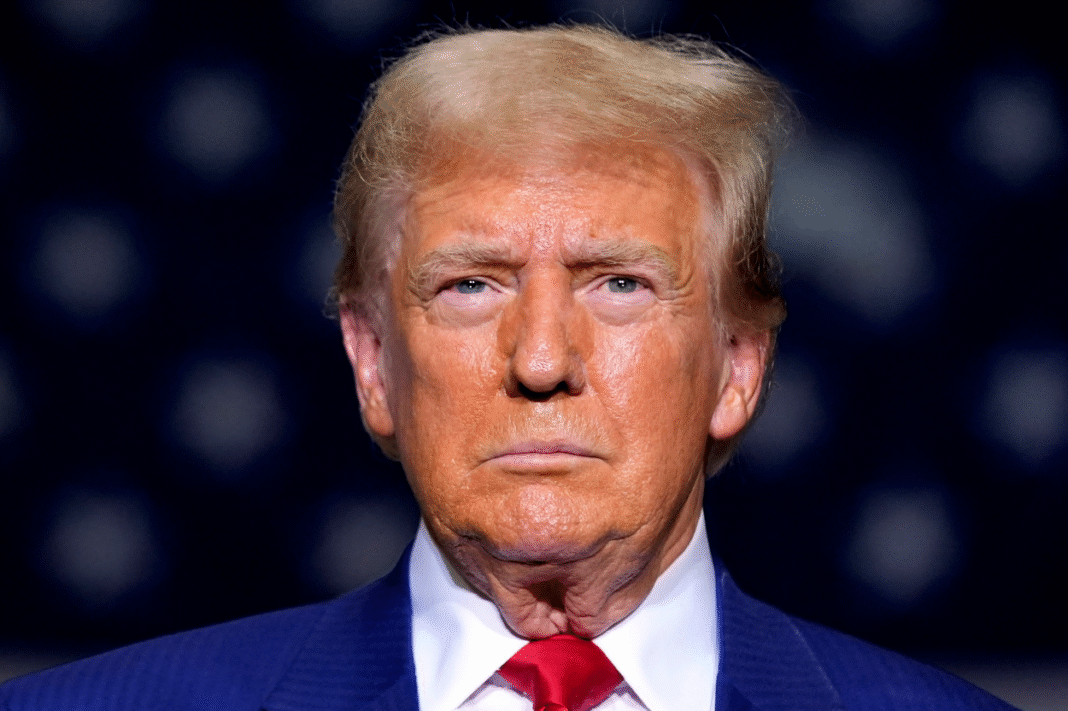The Trump administration unveiled its “AI Action Plan” on July 23, 2025, framing artificial intelligence as the defining battleground for 21st-century supremacy. Titled “Winning the AI Race”, the blueprint outlines over 90 policy actions targeting deregulation, infrastructure expansion, and aggressive global tech diplomacy. White House AI czar David Sacks declared, “We want the United States to win that race” against China. He called AI pivotal for economic and military dominance.
Slashing Red Tape, Speeding Up Builds
Central to the strategy is dismantling regulatory barriers. The plan fast-tracks data center construction by exempting projects from key environmental reviews. It streamlines Clean Water Act permits for tech infrastructure. Officials even propose using federal lands—including national parks—for AI power needs. “Build, Baby, Build!” the document exhorts. It explicitly rejects “radical climate dogma” to meet soaring industry power demands.
Commerce and State Departments will partner with companies like Nvidia and AMD to create “full-stack AI export packages”. These bundles include chips, software, and technical standards for allied nations. This move directly counters China’s growing influence abroad. It also replaces Biden’s strict “high fence” export controls. Trump already scrapped those to resume advanced chip sales to partners like the UAE.
Pushing U.S. Tech into Global Markets
The administration aims to flood international markets with American AI technology. Officials call this “tech diplomacy”. They argue open markets beat Beijing’s state-driven model. Allies will receive incentives to adopt U.S.-designed systems. The strategy prioritizes semiconductor sales and cloud computing contracts. It frames every export as a win against Chinese strategic interests.
A new “AI Trade Task Force” launches next month. It will negotiate favorable terms for U.S. firms in 30 countries. The goal is to lock in long-term dependencies on American infrastructure. “We’re not just selling products; we’re selling ecosystems,” a Commerce Department memo states. Critics worry this accelerates an AI arms race.
Mandating “Neutral” AI and Silencing Critics
A controversial pillar targets perceived “ideological bias” in AI systems. Federal agencies must now procure only models deemed “objective and free from top-down bias”. The order bans references to DEI or climate change in federal AI risk assessments. It labels these topics “politically charged distortions”.
Legal scholar Eugene Volokh warns that enforcing “neutrality” could spark First Amendment clashes. Technologists call the mandate practically unworkable. AI ethics researchers fear it stifles legitimate safety research. The White House counters that “woke algorithms” threaten national coherence. Enforcement rules remain vague, causing industry uncertainty.
China as the Unifying Threat
China looms over every element of the strategy. The Department of Commerce will evaluate Chinese AI models for alignment with Communist Party propaganda. Defense agencies accelerate military AI integration for drones and cyber warfare. “National security” appears 23 times in the document—more than “jobs” or “science.”
Silicon Valley largely applauds the laissez-faire approach. Tech leaders helped draft the plan through groups like the Hill and Valley Forum. Meta, OpenAI, and venture capitalists gain from open-source incentives. Yet civil society groups counter that the agenda prioritizes corporate interests. “Written by Big Tech, for Big Tech,” snapped the AI Now Institute.
The plan bets America’s future on two ideas: that crushing regulation stifles innovation, and that beating China justifies all sacrifices. Whether this unleashes U.S. potential or deepens global fractures remains the trillion-dollar question. The race isn’t just about technology—it’s about whose vision of the future wins.


